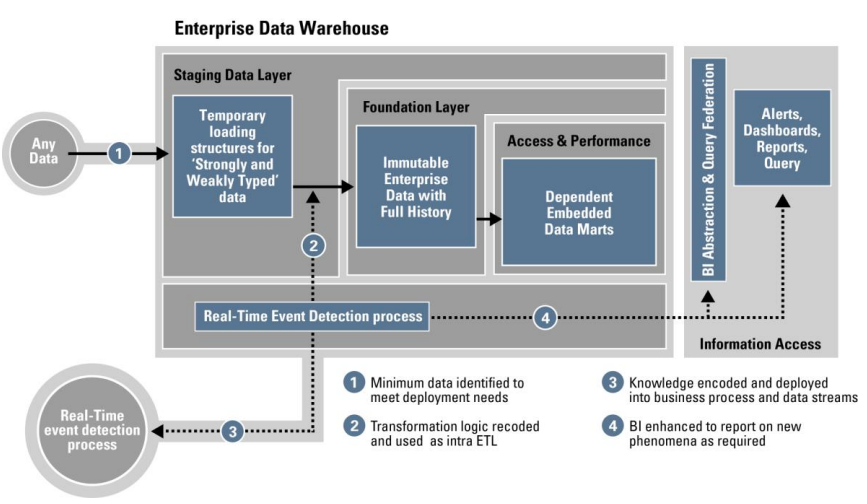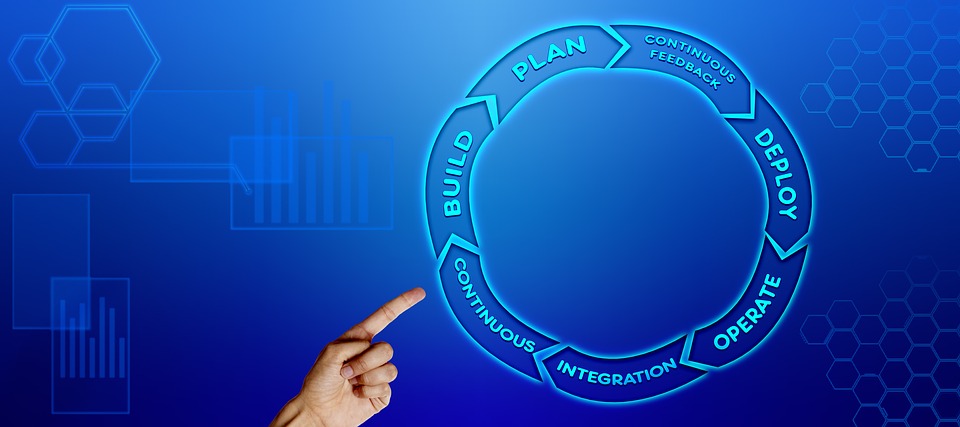Information Management
Information management (IM) concerns a cycle of organizational activity: the acquisition of information from one or more sources, the custodianship and the distribution of that information to those who need it, and its ultimate disposition through archiving or deletion.This cycle of organisational involvement with information involves a variety of stakeholders, including those who are responsible for assuring the quality, accessibility and utility of acquired information; those who are responsible for its safe storage and disposal; and those who need it for decision making. Stakeholders might have rights to originate, change, distribute or delete information according to organisational information management policies.
Information management embraces all the generic concepts of management, including the planning, organizing, structuring, processing, controlling, evaluation and reporting of information activities, all of which is needed in order to meet the needs of those with organisational roles or functions that depend on information. These generic concepts allow the information to be presented to the audience or the correct group of people. After individuals are able to put that information to use, it then gains more value.
Sample Architecture

Data Quality
Improved accuracy and consistency of information distributed to customers both inside and outside the organization through:Consolidated data sources that eliminate program-specific views of data and data redundancy, as well as confusion about the location of data.
Consistent business rules for linking and aggregating data.
Published data refresh schedules based on an enterprise-wide understanding of user needs.
Clear guidelines for quality assurance responsibility and ownership of processes for data receipt and delivery.
Established authority for and ownership of data in order to support consistent enterprise-wide data definitions.
Increased Effectiveness
Increased effectiveness of data used for business planning and execution through:An integrated, cross-program view of enterprise subject areas or data domains.
A full lifecycle view of enterprise data that supports business strategies with a deeper understanding of these subject areas and their interactions.
Documented enterprise information that increases the knowledge of the data currently available for data-driven decisions, along with its location and latency.
Process improvements in project management and systems development that recognize the business value of information needed across the enterprise, while also plus incorporating quality and usage metrics into the design of all products and their supporting infrastructures.
A enterprise information delivery framework that accommodates easy data access by users with varying levels of sophistication and access needs, including prompted, scheduled and ad hoc reports and queries as well as analytics.
Process Efficiency
Increased operational efficiencies through:A consolidated data architecture optimized for enterprise information delivery, reducing the amount of time users have to spend trying to obtain data and eliminating the use of systems never designed for information delivery.
Self-service tools that reduce the dependencey on technical staff for data access and eliminate the duplication of personnel resources within the organization.
The implementation of technologically advanced strategies for sourcing and integration of data from business applications, which can eliminate numerous redundant efforts currently in place.
A technical architecture that understands and supports enterprise dependencies, reducing the time-consuming activities involved in planning, operating and maintaining complex applications.
A data architecture that understands data relationships, eliminating the need to expend resources to match data from various sources and to manually identify and reconcile resulting discrepancies.
An technical architecture that eliminates the proliferation of redundant hardware and software within program areas, along with the duplication of staff resources needed to manage them.
Security
The safeguarding of organizational data from misuse through:Standardized guidelines for the handling and release of information that complies with regulatory and privacy requirements.
A security infrastructure designed to ensure that individually identifiable information is stored in a protected environment.
Audit trails and controls that ensure a consistent representation of information to data users.
Disaster recovery strategies to prevent the loss of this critical enterprise asset.
A data architecture plan that ensures acceptable performance of information delivery mechanisms.
Organizational Agility
The flexibility and agility needed to meet dynamic market demands through:An enterprise data model that forms the foundation of all data initiatives and accommodates growth based on future requirements.
A scalable enterprise technical architecture built to grow and adapt to changing conditions.
An information framework that provides stability and consistency for current data delivery needs while standardizing processes and procedures that can quickly incorporate future requirements.
Support for unstructured data, enabling more complete knowledge management for the organization and its clients. Reusable components that can be leveraged to reduce the time to market for new functionality.
